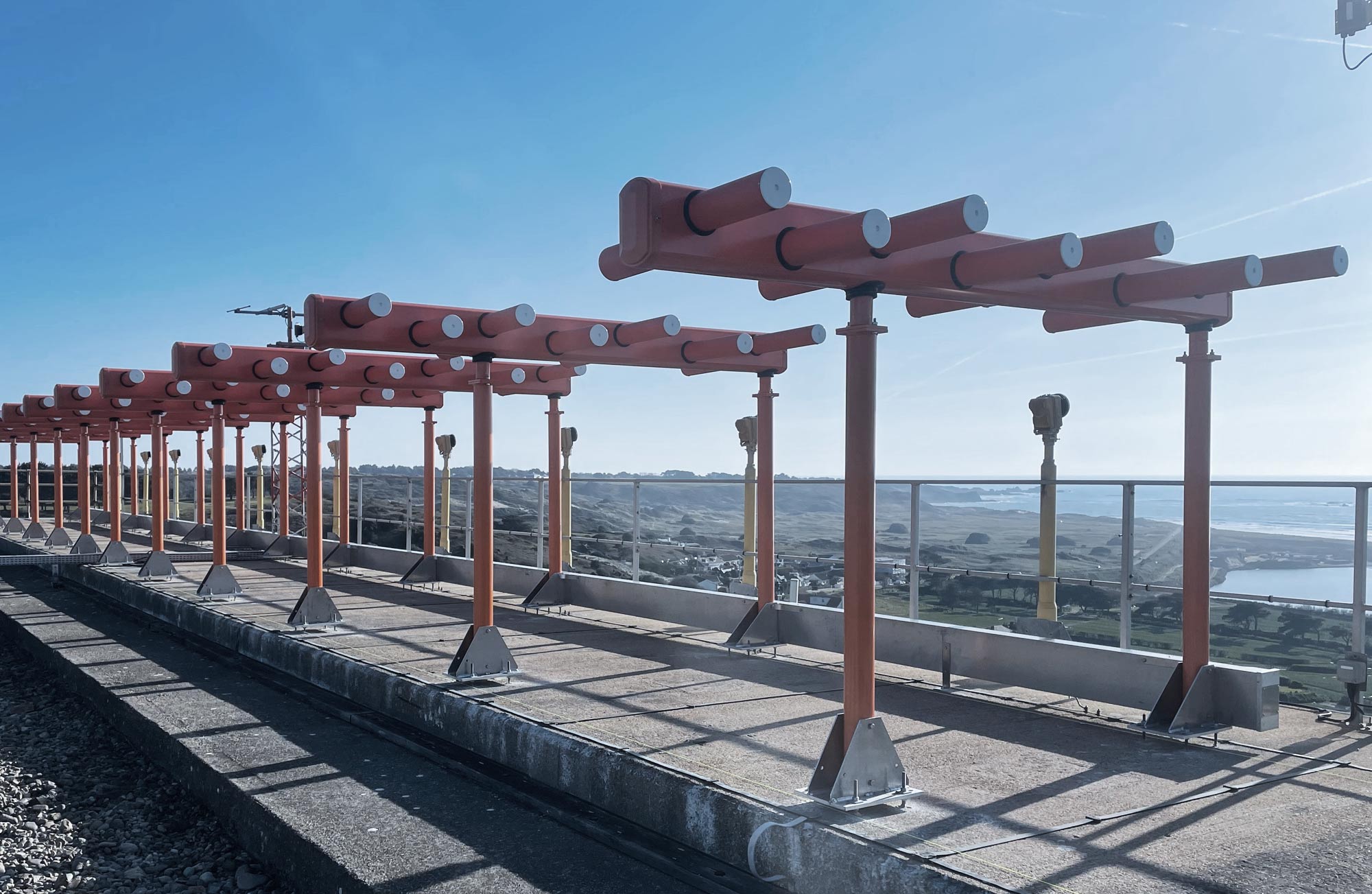
Instrument Landing System (ILS)
OVERVIEW: Systems Interface and ILS
Systems Interface has installed multiple ILS aviation systems at Military and Civil airports worldwide from CAT-I to full ICAO CAT-III systems. As with all Systems Interface deliveries, the ILS will be integrated as a full turnkey delivery, from civil works through to flight calibration.
Airports can benefit from Systems Interface's comprehensive approach to aerodrome safeguarding, instrument approach design, specifications, and system design. All are supported, where needed, by sophisticated computer modelling techniques for selecting navaid sites and protection of ILS critical areas.
Systems Interface has developed excellent relationships with the world's leading Navaid manufacturers, allowing your project to benefit from the latest technological advancements and the highest quality ILS equipment.
Understanding ILS: How Instrument Landing Systems Work
An Instrument Landing System (ILS) is a precision runway approach aid employing two radio beams to provide pilots with vertical and horizontal guidance during the landing approach. ILS systems are crucial for airports as they increase the reliability of every landing, reduce the decision altitude (altitude at which the pilot either commits to the landing procedure or diverts) and ultimately ensure that the pilot can understand the runway no matter the conditions.
The ILS localiser (LOC) aerials are typically positioned at the end of the runway; they transmit two narrow intersecting beams, one to the right and one to the left of the runway centreline, where they intersect, defining the "on LOC" indication. The pilot receives information from airborne devices indicating the aircraft's deviation from the runway centreline.
The ILS glideslope (GS) aerials are typically installed on the airfield adjacent to the runway; they transmit two narrow intersecting beams, one just below the necessary vertical profile and the other just above it, where they intersect, define the "on GS" indication. The displacement of the aircraft above or below the GS is shown by aircraft equipment. Generally, the GS aerials are placed so that the glide-slope offers a runway threshold crossing height of roughly 50 feet. The standard GS angle is 3 degrees, however, there may be some variances, mainly to accommodate unique approach requirements like terrain or noise reduction.
When both LOC and GS signals are overlapping, the aeroplane is flying perfectly down the centre of the course to the runway.
The use of an ILS may also be aided by the provision of marker beacons and high-intensity runway lights, however the former has more frequently been replaced in today's world by a DME that is a part of the ILS or one that is elsewhere on the aerodrome, such as with a DVOR.